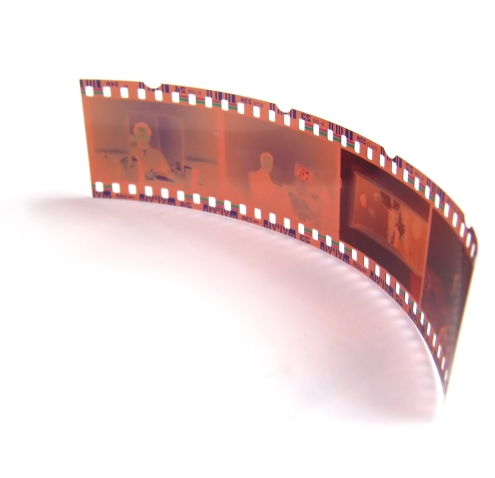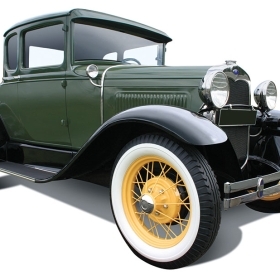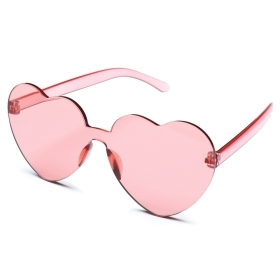The woman behind the counter at the Arizona drugstore looked familiar. Within two seconds, I remembered her.
“You used to work at the Walgreens in Shorewood!” I said, referring to my home in Wisconsin.
I thought she would be impressed. Instead, she said, “Yes, I did. One day I threw out my back shoveling snow, and I said to my husband, ‘Honey, I’m moving to Arizona to live near Mom, and I’m taking the dog. You can either come with me or not.’ We’ve been here nine years. We love it. How can you stand that terrible Wisconsin weather? Not for me, no siree.”
I got no huzzahs from her, no siree. No “Wow, you have a good memory” or even “Nice to see you again.”
I’m what’s called a “super-recognizer,” able to identify someone, often out of context, even if I haven’t seen them for 10, 20, or even 30 years.
We super-recognizers, which some researchers estimate are only 1% to 2% of the population, can remember many more faces than average. Some uber-super-recognizers can recognize a face after having seen it only once, or when seeing only part of a face. I’m good, but not that good.
I got hooked on faces my first year at Wellesley, when I practically memorized the 1965 freshman directory, which listed everyone’s photo, hometown, and dorm. To this day, I can picture the smooth brown bob of Jean Wilbur (Palo Alto, Calif.; Shafer), the sophisticated sweater and pearls of Eleanor Viens (Urbana, Ill.; Freeman), and the shy smile of Stefanie Shattuck (Gladwyne, Pa.; Cazenove).
This ability wins me popularity contests only at high school and college reunions, where attendees expect to run into people they haven’t seen for a long time. My former classmates are honored that I remember them.
More typically, here’s how these encounters go: I approach someone with a warm smile of recognition, saying something like, “Oh, Bob, I remember you from that conference in Minneapolis. We ditched the boring workshops for the bar.” Or “Hi, Jane. You’re Marge’s sister and used to date Jim, right?”
The person looks at me blankly, or like I’m creepy. So I reintroduce myself. Sometimes they respond positively; more often, they mumble something and sidle away. As a result, I’ve learned not to approach unless someone shows a flicker of recognition. Then I lead with my name and remind them where we met.
On the plus side, my superpower makes it easy to dodge people I’d rather not talk to. It has also led to some wonderful reconnections. I reestablished a working relationship with a nonprofit-agency director I’d written grants for 20 years earlier. We crossed paths in a local park, and I recognized her immediately, even though she was heavier and her hair had turned gray.
Recently at a restaurant, I noticed a former colleague whom I hadn’t seen in maybe 15 years. I didn’t walk over to say hi—I’ve learned my lesson. I did, though, email him later, saying I’d seen him and reminding him of our connection. He suggested getting coffee. A wonderful friendship ensued.
Being a super-recognizer is the opposite of having prosopagnosia, commonly called “face blindness”; a recent study estimates that up to 3% of people are affected by the condition. People with severe cases don’t even recognize the faces of loved ones or close friends.
My friend Dave, a retired physics professor, has a relatively mild case, but even that has caused trouble. “I’ve been told by colleagues and students that I’m cold and standoffish,” he says, “but it’s because I often don’t recognize people, even people I’ve interacted with for years.” Dave has tried all sorts of coping strategies, such as memorizing distinguishing facial features. He says, “It’s exhausting, and mostly it doesn’t work.”
I should be grateful for my ability, which I can choose to use or not. But I wonder if my brain is clogged with too much information—it’s a huge database of all those faces. Free up that brain, I tell myself, and you could be finding a cure for cancer or the key to reducing climate change or a path to world peace.
That said, my 60th Wellesley reunion is coming up in June 2025. I’m looking forward to recognizing each of my classmates, despite our advancing years.
I wish I could figure out a way to monetize my talent, but no luck so far. If you have a suggestion, let’s Zoom. Then I can remember your face, too.
Carolyn Kott Washburne ’65 is an independent writing and editing professional based in Milwaukee.







We ask that those who engage in Wellesley magazine's online community act with honesty, integrity, and respect. (Remember the honor code, alums?) We reserve the right to remove comments by impersonators or comments that are not civil and relevant to the subject at hand. By posting here, you are permitting Wellesley magazine to edit and republish your comment in all media. Please remember that all posts are public.